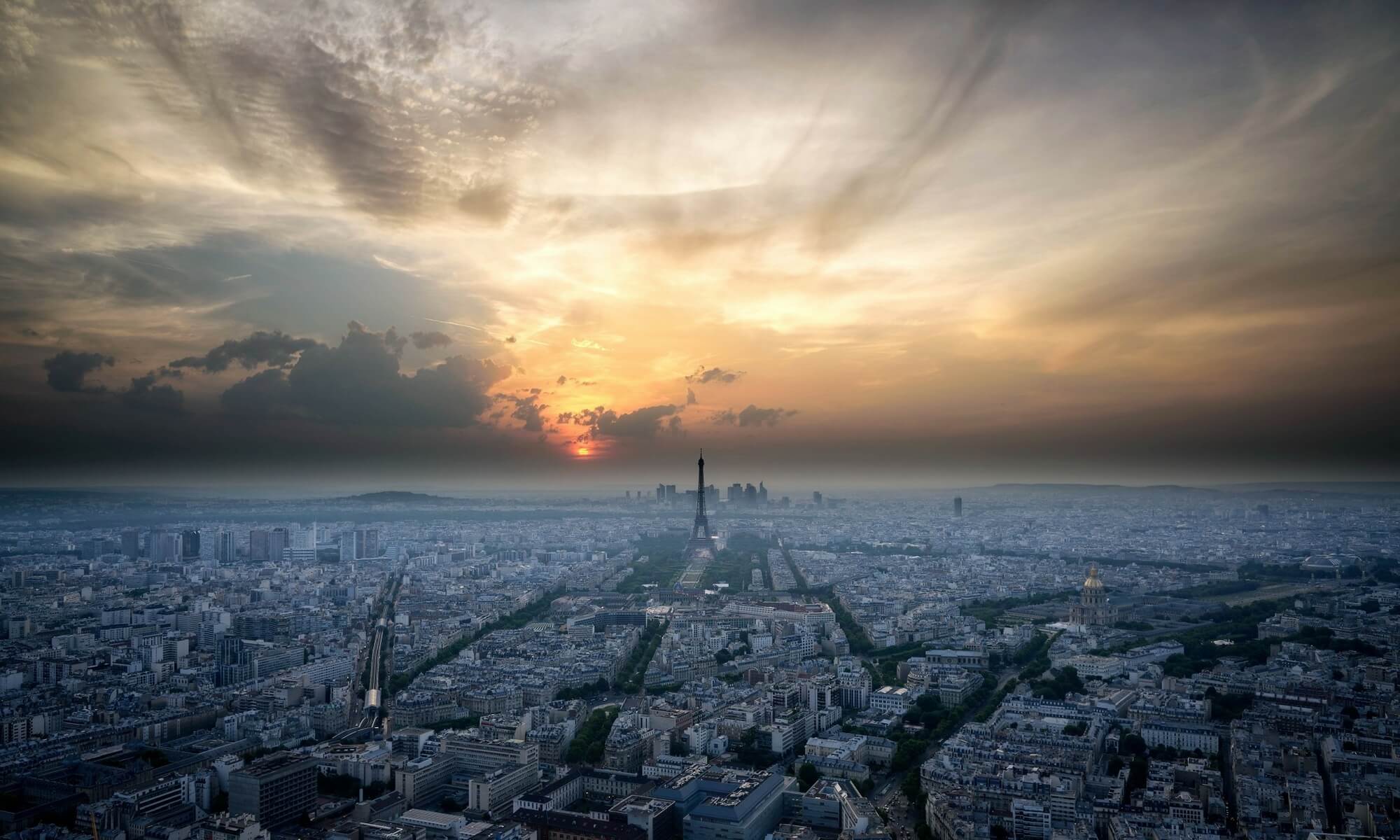Categories: Family Travel, Museums in Paris, Paris
The MUSEUM OF THE FOIRES FORAINES AND THE HISTORY OF FAIRS IN FRANCE
Foires Foraines: Part of the “Immaterial Heritage of France” since 2017
Pavillion de Bercy- Musée des Arts Forains
53, avenue des Terroirs de France 75012
WHAT IS A Foire (Fair)? It is not just a market
Starting in the Middle Ages, certain lords, regional rulers, decided that it would be good for the local economy, and for the prestige of their region, to organize and offer a specific and secure place for artisans, vendors, craftspeople, traders and itinerant merchants coming through their areas. By doing so, the local economy would flourish, and trade would be good.
In uncertain times, having the guarantee of protection of the Lord was a relief for many. And rules were established so that vendors and merchants were not cheated, and so that they in turn did not cheat. Sometimes a Foire was sponsored by an Abbey or monastery, as the monks produced many goods but mostly they were sponsored by the Lord of the area. The dates were often connected to a specific saint’s day: thereby connecting the religious holiday with a big secular event. The Foires lasted anywhere from three weeks to two months in any given place and were renewable, often three or four times a year. They were big events and people came from all over a region to buy, look, be entertained, to sell their goods and do exchanges.
One of the first of the famous Foires was in Champagne, where the Counts, starting in the 1100’s, rich rulers and good politicians, offered four Fairs a year. Because of the geographic situation of the Champagne area, it brought in tradespeople from Belgium, Germany, Switzerland and Italy, and became famous all over the kingdom for the variety of goods, and the great opportunities offered.
There were Foires all over France, but more in the North of France with proximity to the northern countries where trade was important. Sometimes the Foires were so important they produced their own currency as a means of exchange. Documentation from these early Foires shows that they introduced exotic spices, textiles, and food and opened the horizon of those that attended them
The Foire Foraines
Strangely enough, even though the Foires, as trade, lasted for over 1000 years, and were huge events for any given city or region, they were more or less stopped by the time of the French Revolution. Two things happened: one was the association of the ancient foires with religion, which was so unpopular by the time of the Revolution for poor people and tradespeople. The other thing that happened was that street theatre, and the tradition of jugglers, saltimbanques, singers and puppets, oddities and new inventions, all of which came from Italy and the Commedia dell’Arte, became more and more popular, so that the Foires were starting to be more about entertainment and amusement, than about serious trade.
The Foire du Trône, in Reuilly, on the eastern edge of Paris is considered to be the most ancient “real” foire foraine in France. There was, at first, for centuries, a typical Foire of traders, and all that ended with the Revolution. In 1805 a “new” concept began; the Foire Foraine du Trône.
The Golden Age of Foires Foraines
It was during the Belle Epoque that the Foires Foraines were the most elegant, elaborate and popular. After years of war and instability, the Foires offered a place to spend some time forgetting about other worries. The real concept of Entertainment began here
The Mechanical Era and the Foires
In the 19th century, with the advent of machines, and the steady flow of inventions these old Foires took on a new dimension. Things moved, curiosities were developed. The Merry Go Round which had existed even in the 1500’s (the wheel was pulled by horses at the time!) was re-invented with a mechanical system. Stands were built where you could “win” something. There were tents with entertainment, oddities, gaming rooms, and magicians who mesmerized the audience.
Modern Times and the Museum of Foires Foraines
Since 1950, with an increase in prosperity and the constant flow of new inventions, the Foire – now the Foire Foraine, have become more and more sophisticated, mechanized: “”HIGHER, FASTER, CRAZIER, MORE ORIGINAL, is the motto of the Forains.
France still has a very big tradition of Foires Foraines; it is estimated that there are over 30000, from the very small, to the big, sophisticated kinds.
Unlike what is called a Park d’Attraction which has a theme and some rides, the Foires Foraines has everything: stands, shows, food, rides and a chance to win something
Theme Foires:
There are many theme Foires now, all over Europe. There are the Foires aux Vins, especially in France. There are two famous big Foires aux Livres: Frankfurt and Brive. There is the huge Foire of Agriculture held every year near Paris. In fact, the idea of a Foire has not really changed that much: it has just gotten much more sophisticated. Now there are the “theme” foires and there are the Foires Foraines which are just about rides, games, music, scary houses, cotton candy, and having a thrill……
And the Musee des Arts Forains shows you the evolution of the mechanics, the show pieces and the merry go rounds through the ages. Colorful and showy, it is great for young and old.
Subscribe to the Podcast
Apple Google Spotify RSSSupport the Show
Tip Your Guides Extras Patreon Audio ToursRead more about this show-notes
Episode Page TranscriptCategories: Family Travel, Museums in Paris, Paris

